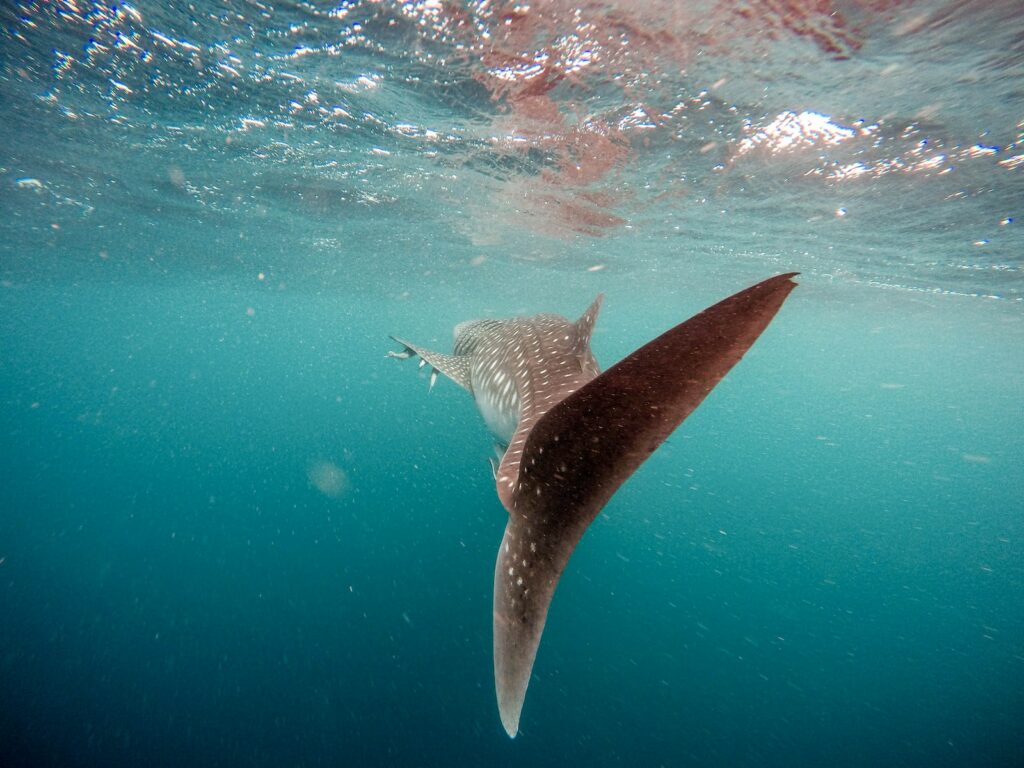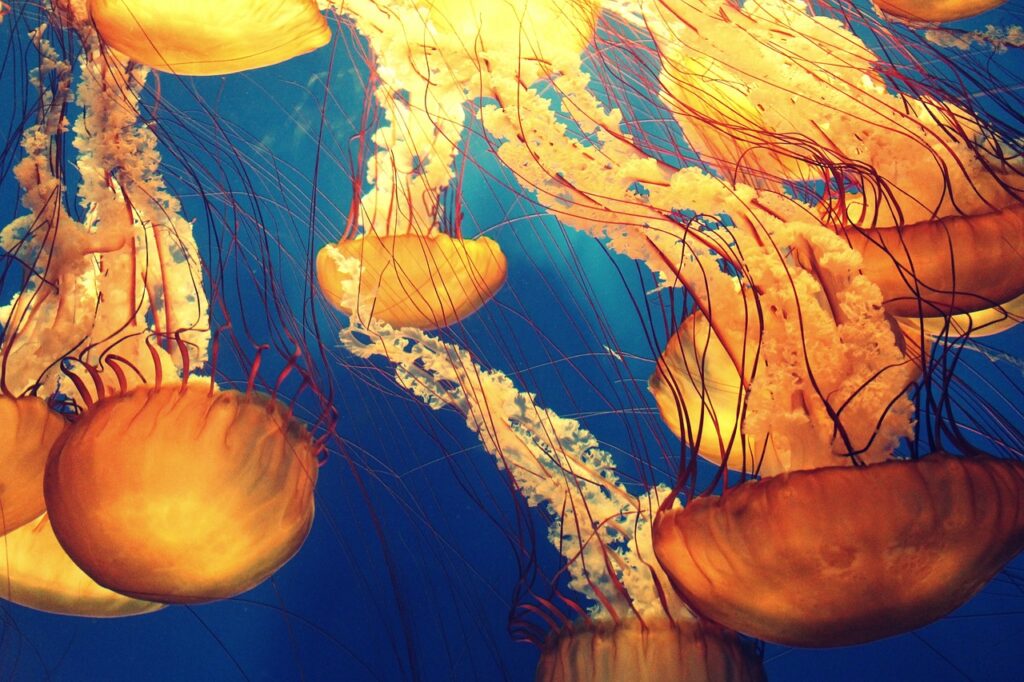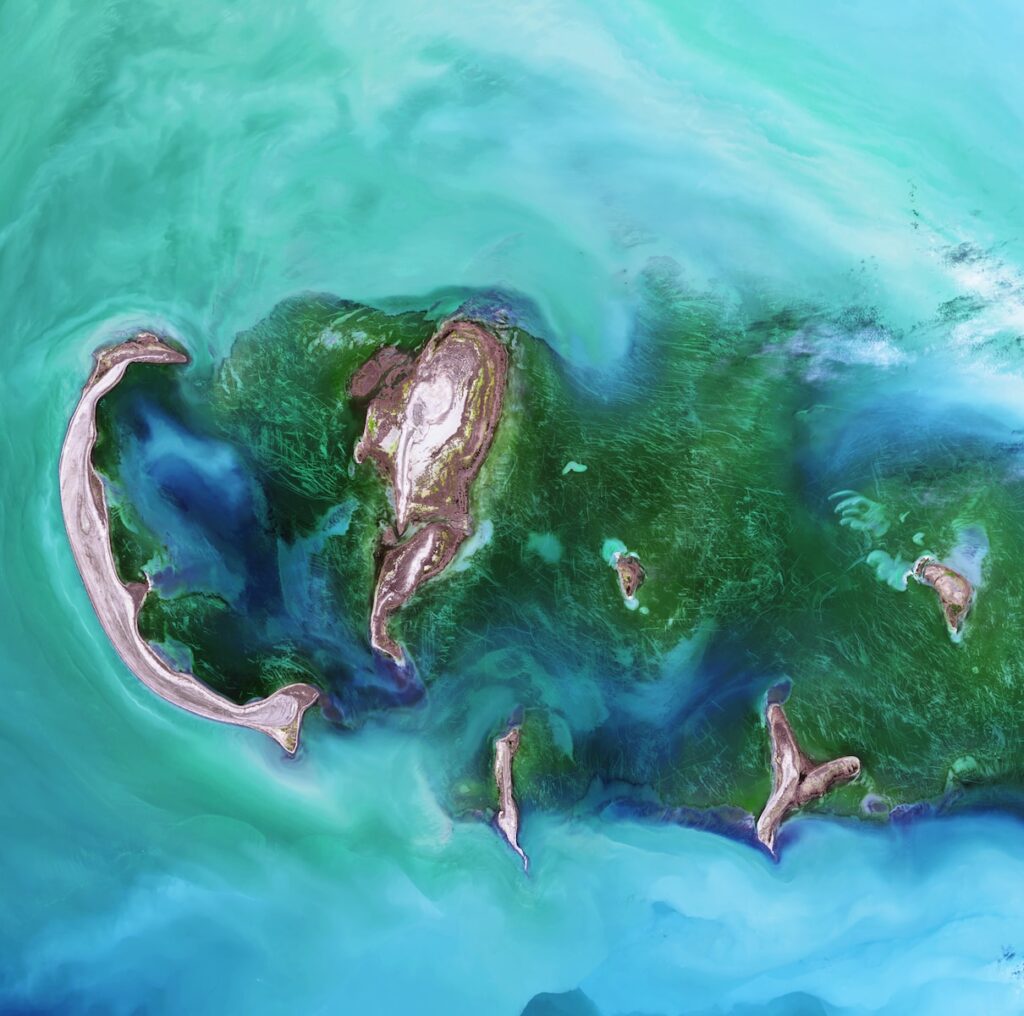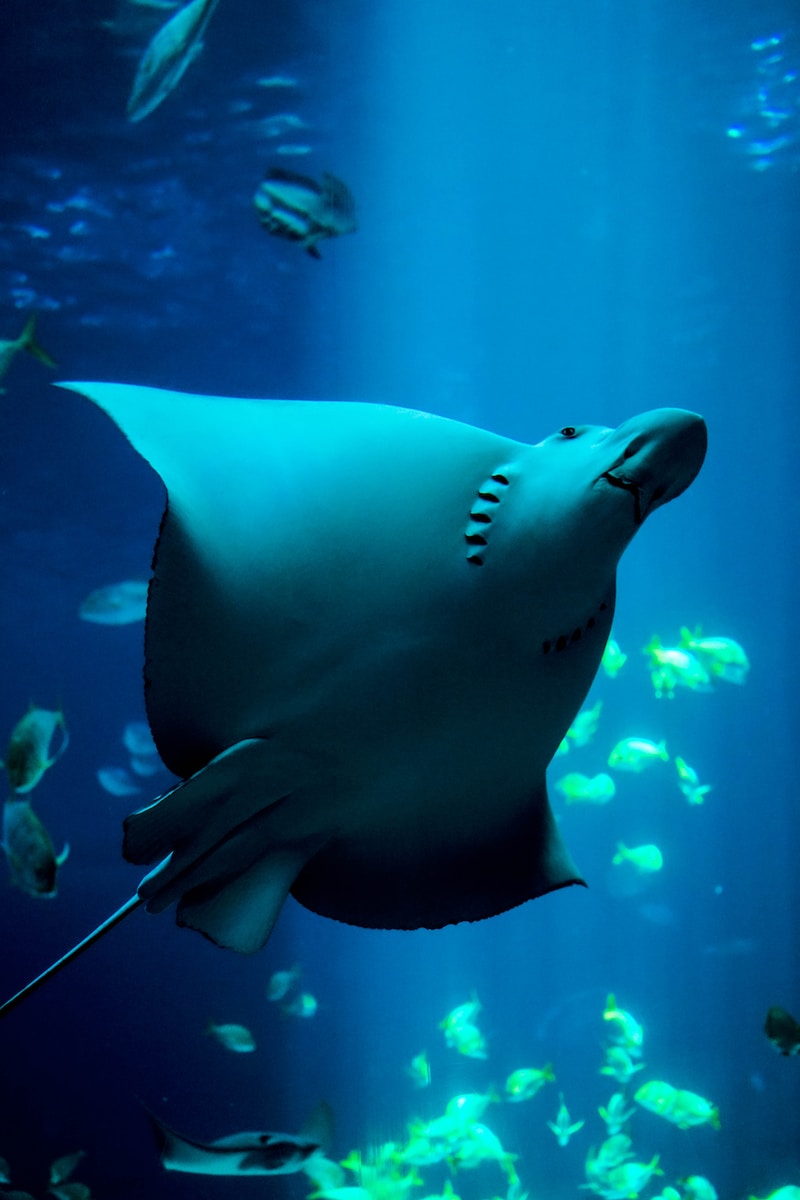Article Summary:
- This article explores the evolution of marine mammals, focusing on how they transitioned from land to sea and the adaptations they developed to thrive in their new aquatic environment.
- It provides detailed case studies on the evolution of whales, seals, sea lions, manatees, and dugongs.
- The article also discusses the significant impact of climate change on marine mammals, including changes in sea temperature and ice cover, effects on food sources and habitats, and species’ responses to these changes.
- It concludes with a FAQ section addressing common questions about marine mammal evolution and the importance of continued research and conservation efforts.
- The article emphasizes the need for ongoing research, particularly in light of the challenges posed by climate change, and provides links to current research and conservation efforts.
Introduction
Marine mammals, a diverse group of approximately 130 species, have long fascinated scientists and nature enthusiasts alike. These creatures, which include whales, seals, and manatees, are not only integral to marine ecosystems but also provide insights into the power of evolution. Studying the evolution of marine mammals helps us understand how life can adapt from one environment to another, revealing the resilience and adaptability of nature.
The Origins of Marine Mammals

Marine mammals didn’t always call the ocean their home. Their early ancestors were terrestrial creatures, living and thriving on land. However, over millions of years, a series of evolutionary changes triggered a significant shift in their habitat. These creatures gradually transitioned from land to sea, a change driven by various evolutionary pressures and adaptations.
The transition wasn’t sudden but a gradual process that took millions of years. Fossil records show a clear progression of changes, from terrestrial mammals with slight aquatic adaptations to fully marine creatures. This transition was likely driven by abundant food resources in the ocean and less competition compared to land.
Evolutionary pressures such as predation, competition for resources, and changing climates played a significant role in this transition. Over time, these pressures led to the development of unique adaptations that allowed these mammals to survive and thrive in the marine environment.
Evolutionary Adaptations
The journey from land to sea required significant physical and physiological adaptations. One of the most noticeable changes is the streamlined bodies of marine mammals, which reduce drag and allow for efficient movement in the water. Other physical adaptations include the development of flippers for propulsion and blubber for insulation in cold water environments.
Physiological adaptations were equally important for survival in the marine environment. One such adaptation is the diving reflex, which allows marine mammals to stay underwater for extended periods by slowing their heart rate and diverting blood to essential organs. Another key adaptation is the ability to store large amounts of oxygen in their muscles and blood, enabling them to dive deep and stay underwater for extended periods.
Thermoregulation is another crucial adaptation. Despite living in often cold marine environments, marine mammals maintain a stable body temperature thanks to their blubber and countercurrent heat exchange systems.
In the next part of this article, we will explore specific case studies in the evolution of marine mammals, the impact of climate change on these fascinating creatures, and answer some frequently asked questions about marine mammal evolution. Stay tuned!
Current research in marine mammal science and conservation efforts by NOAA Fisheries are continually shedding new light on these remarkable creatures and their evolutionary journey.
Case Studies in Evolution

The Evolution of Whales
Whales, the largest creatures on Earth, provide an excellent case study for understanding the evolution of marine mammals. Their ancestors were terrestrial mammals that gradually adapted to life in the water. Over millions of years, their bodies transformed, with legs becoming flippers, nostrils shifting to the top of the head to become blowholes, and bodies becoming streamlined for efficient swimming.
The Evolution of Seals and Sea Lions
Seals and sea lions, collectively known as pinnipeds, also have a fascinating evolutionary history. Their ancestors were likely bear-like animals that started spending more time in the water, hunting for fish. Over time, their bodies became more streamlined, their legs transformed into flippers, and they developed the ability to hold their breath for extended periods.
The Evolution of Manatees and Dugongs
Manatees and dugongs, also known as sea cows, are unique among marine mammals as they are primarily herbivores. Their ancestors were likely similar to modern-day elephants. Over time, they adapted to a life in water, developing paddle-like flippers and a flattened tail for propulsion, and evolving a unique dentition suitable for their seagrass diet.
Impact of Climate Change on Marine Mammals

Climate change poses significant challenges to marine mammals. Changes in sea temperature and ice cover can drastically affect their habitats and food sources. For instance, melting polar ice reduces the hunting grounds for species like polar bears and seals, while warmer ocean temperatures can lead to the loss of coral reefs, a crucial habitat for many marine species.
Marine mammals are responding to these changes in various ways. Some species are changing their migration patterns, while others are altering their diet. However, the long-term impact of these changes is still uncertain, and ongoing research is crucial to understand and mitigate the effects of climate change on these remarkable creatures.
FAQs
- What were the first marine mammals?
- The first marine mammals were likely small, furry, and resembled modern-day otters. Over time, these creatures evolved into the diverse group of marine mammals we see today, including whales, seals, and manatees.
- How did marine mammals evolve to live in the water?
- Marine mammals evolved various physical and physiological adaptations to live in the water. These include streamlined bodies, flippers for swimming, blubber for insulation, and the ability to hold their breath for extended periods.
- Why did marine mammals return to the water?
- It’s believed that marine mammals returned to the water due to abundant food resources and less competition compared to land. Over time, they evolved adaptations that allowed them to thrive in the marine environment.
- How are marine mammals affected by climate change?
- Climate change affects marine mammals in various ways. Changes in sea temperature and ice cover can affect their habitats and food sources. Some species are changing their migration patterns or altering their diet in response to these changes.
- What is being done to protect marine mammals from climate change?
- Numerous conservation efforts are underway to protect marine mammals from the effects of climate change. These include protecting their habitats, monitoring their populations, and implementing policies to mitigate climate change. Continued research is crucial to understand and mitigate the effects of climate change on these creatures.
Conclusion
In conclusion, the evolution of marine mammals is a fascinating journey of adaptation and survival. From their terrestrial origins to their current marine existence, these creatures have undergone significant transformations to thrive in their aquatic habitats. However, they now face new challenges due to climate change, making continued research and conservation efforts more important than ever.

